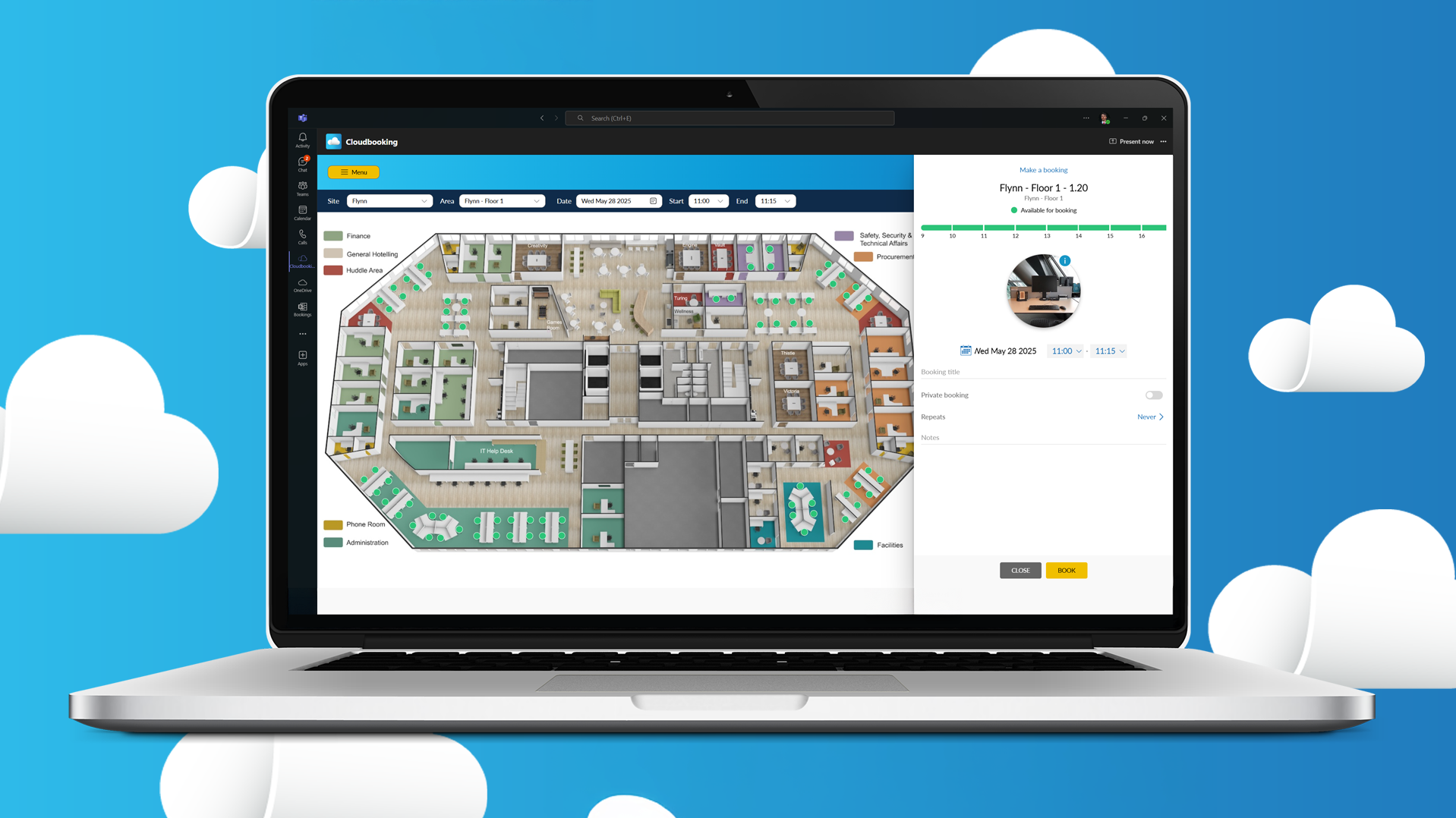
For those of you still reticent and insistent on your employees being under your watchful eye, it is worth noting that remote working is something workers had been demanding more and more, even before the global lockdowns. And the desire for remote work shows no sign of stopping.
Get a free demo
Enquire about a no-obligation demo today and get an exclusive hybrid working research paper — for free. Created in partnership with YouGov, this invaluable guide provides essential insights into developing your own effective hybrid strategy. Click below.
Over the last 18 months, the coronavirus pandemic has seen a profound change in the way we work. Employers adapted to find new ways of working, and working remotely became the new normal for many people. Although it doesn’t suit all workers or professions, many employees have begun to seek out this flexibility and are reluctant to return to the traditional office or workplace.
Remote working itself is not a new idea, but it still presents today’s employers with unique challenges that require some careful consideration. If you are one of those considering transitioning towards a remote or even flexible workforce, then here are Cloudbooking‘s top tips for successfully managing a remote workforce.
Our Top Tips for Managing a Successful Remote Workforce
Managing remote employees successfully is easier than you think. Prior to the global pandemic, Pieter Levels — founder of Nomadlist.com — predicted that there would be 1 billion remote workers by 2035. However, since the developments of coronavirus, we can now expect this date to be brought forward, as remote working has risen in popularity.
While this revolution — born of the internet age and global events — is great news for both workers and employers, it represents challenges for both. The big question is, how do you manage a remote workforce? Who is demanding more flexibility and the much sought-after utopia of the work-life balance? For anyone who feels uneasy at the thought of giving their employees complete freedom, it is worth noting that flexibility is now something that most workers are looking for from their employer.
A study by IBM shows a large proportion of workers (54%) would like to continue to work remotely after the pandemic. This leaves managers with a conundrum — the need to balance flexibility with productivity — as it’s clear that the future is mobile.
However, daunting as some might find it, managing a remote workforce doesn’t have to be as difficult as it may first seem. The key is to loosen those apron strings and focus on engendering a strong teamwork ethic that will lead to increased productivity. But before you wave goodbye to your employee, iPad in hand, there are a few things you need to consider.
The Cloudbooking team has been working remotely for many years now. Find out how we manage a successful remote workforce and discover our top five tips below.
Communication Is Everything
Communication is difficult at the best of times, but when remote workers and employees have fewer opportunities to meet face to face, it is important to prioritise communication. Regular video conferences and meetings are essential to managing remote workers, and taking time to create clear and detailed processes will help remote employees know how to complete tasks.
Remote workers need to stay engaged and understand the nature of the work they’re in charge of. Always keep communication lines open and as a two-way system — don’t just hide behind email. Real-time praise and constructive criticism are essential.
Look at the Benefits and Advantages
Our clients make staggering savings on energy bills and office space real estate, empowering their workforce while often improving their productivity. Furthermore, with the help of Cloudbooking’s desk booking solutions, this transition will become even smoother.
Although it isn’t always easy, trusting your remote workforce motivates them and encourages them to stay with you, thereby saving loads on recruitment costs and re-training. After all, it’s far cheaper to keep an existing employer happy than hire a new one.
Take Time to Set Goals
It is important to always allow employees to do their job while working from home. Don’t keep supervising everything they do. Right from the start, goals should reflect quantifiable results. Remote workforce management should focus less on activity and more on results. KPIs will become a powerful indicator of which remote workers you will need to provide with more direction in the future.
Get Together with the Team
Have a place or places you can go to meet up with team members from time to time so that each remote employee feels truly part of a team. Hybrid workforces are a great combination of remote working and office-based teams. With hybrid workforces, teams are given the same levels of freedom but can also come into a physical office when required. Cloudbooking’s meeting room booking service is particularly useful when it comes to running a successful hybrid model, as managers can easily organise get-togethers and team-building activities for remote teams.
If you run a truly remote team, then early socials are also a great way to maintain that company culture while also fostering those personal relationships. So pick a time, place and activity and build that team spirit within your remote workforce with a bit of fun.
Education, Education, Education
Keep up to date on your new role. The virtual manager is a relatively new concept in our evolution, so get on Google and research all the available information.
Because managing a remote team is such a new experience, you mustn’t be too hard on yourself if you struggle at first. The transition is a learning process and can take time, but the potential rewards of successfully moving your team out of the office and into the world of remote work hold huge potential benefits.
So there we have it, our top five tips to manage a successful remote workforce. Remote work has looked like the future of the modern business model for a while. Although it may be a major task, this progressive move is likely to show your employees that you are up for the challenge of virtual leadership and that they have your trust and are part of a modern working environment. So go for it — it’s the future.
If you are ready to get back to business and want to embrace remote working and a more flexible business model, then check out Cloudbooking‘s range of services.


